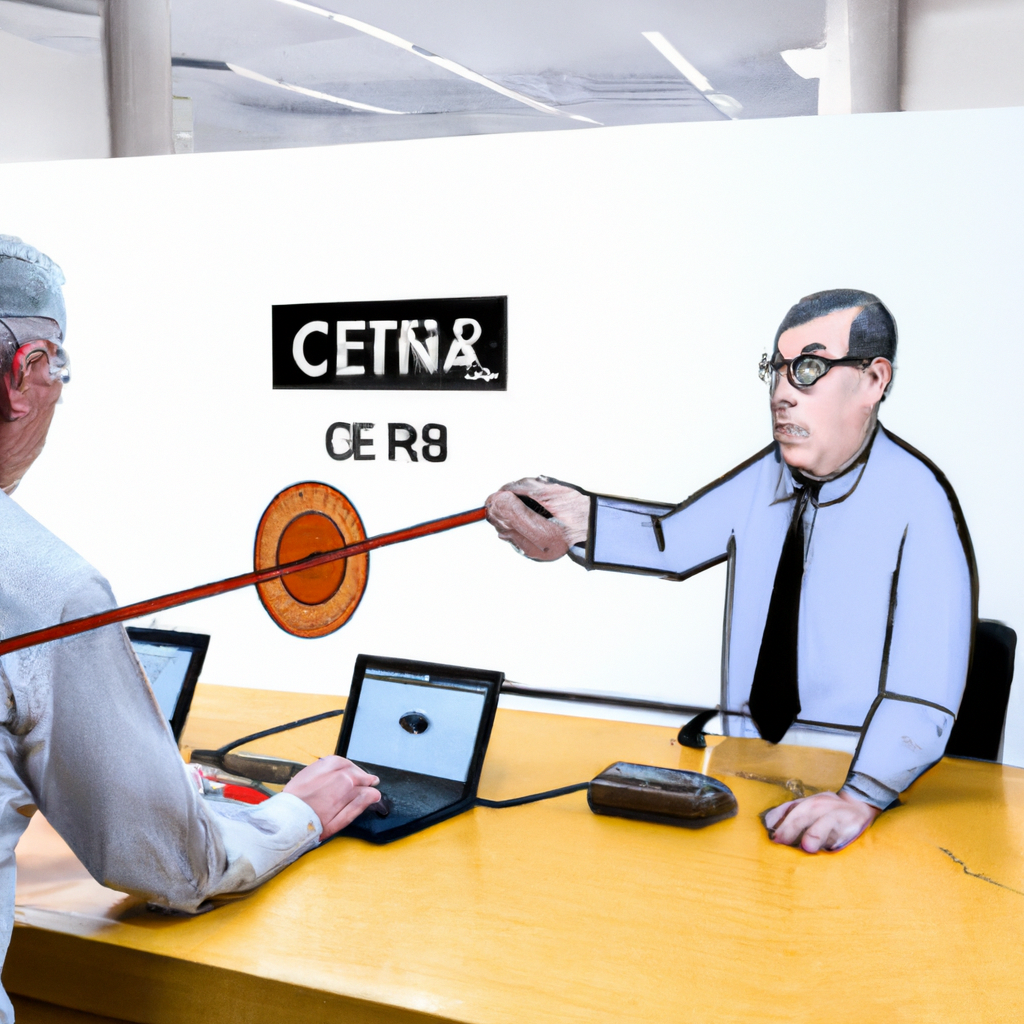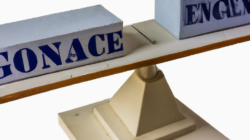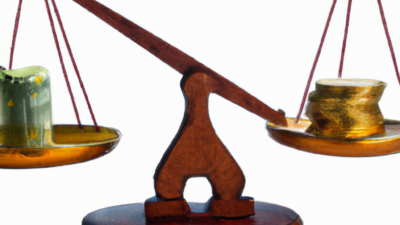**Understanding the Role of Monetary Policy in Controlling Inflation**
Inflation, the sustained increase in the general price level of goods and services in an economy, is a critical concern for policymakers, businesses, and consumers alike. It erodes purchasing power, creates uncertainty, and can destabilize economic growth if left unchecked. At the heart of the battle against inflation lies monetary policy, a powerful tool wielded by central banks to influence the economy's money supply and interest rates. But how exactly does monetary policy impact inflation, and what mechanisms are in place to ensure its effectiveness?
In this article, we delve into the intricate relationship between monetary policy and inflation. We'll explore the various strategies employed by central banks, such as interest rate adjustments and open market operations, to maintain price stability. Additionally, we'll examine historical case studies to better understand the successes and challenges faced by policymakers in their quest to control inflation. Whether you're an economics enthusiast, a student, or simply someone looking to understand the forces shaping our economy, this comprehensive guide will provide valuable insights into the dynamic interplay between monetary policy and inflation.
Certainly! Here's a content outline for an article on the topic "Is Monetary Policy Inflation":
Monetary policy and inflation are closely intertwined concepts in economics, but they are not synonymous. Monetary policy refers to the actions undertaken by a nation's central bank—such as the Federal Reserve in the United States—to control the money supply, interest rates, and other financial tools to achieve macroeconomic objectives. These goals typically include controlling inflation, managing employment levels, and fostering economic growth.
Inflation, on the other hand, is the rate at which the general level of prices for goods and services rises, eroding purchasing power. Central banks monitor inflation closely because both high and volatile inflation can have detrimental effects on an economy. For instance, high inflation can erode savings and fixed incomes, reduce the purchasing power of consumers, and create uncertainty that can stifle business investment and economic planning.
One of the primary tools of monetary policy to control inflation is the manipulation of interest rates. By raising interest rates, a central bank can make borrowing more expensive and savings more attractive. This tends to reduce consumer spending and business investment, which can help to cool an overheating economy and reduce inflationary pressures. Conversely, lowering interest rates can stimulate borrowing and spending, potentially increasing inflation if the economy is running below its capacity.
Another tool at the disposal of central banks is open market operations, which involve the buying and selling of government securities. By selling securities, a central bank can absorb money from the economy, thereby reducing the money supply and exerting downward pressure on inflation. Conversely, buying securities injects money into the economy, which can stimulate inflation if the economy is underperforming.
Quantitative easing (QE) is another unconventional monetary policy tool used, particularly when interest rates are already near zero and cannot be lowered further. QE involves large-scale purchases of financial assets to inject liquidity into the economy, aiming to lower long-term interest rates, promote lending, and support asset prices. While effective in some circumstances, QE can also contribute to asset price inflation and may have complex, long-term effects on the economy.
It's important to note that monetary policy can sometimes struggle with a lag effect, meaning the full impact of policy changes might not be felt until months or even years later. This delay complicates the task of central banks, as they must anticipate future economic conditions and act preemptively to guide inflation toward their target.
In summary, while monetary policy is a critical tool for managing inflation, it encompasses a broader range of objectives and actions. Inflation itself is just one of the key economic indicators that monetary policy aims to influence. Understanding the distinction between the two is essential for grasping how central banks operate and how their decisions impact the broader economy.











